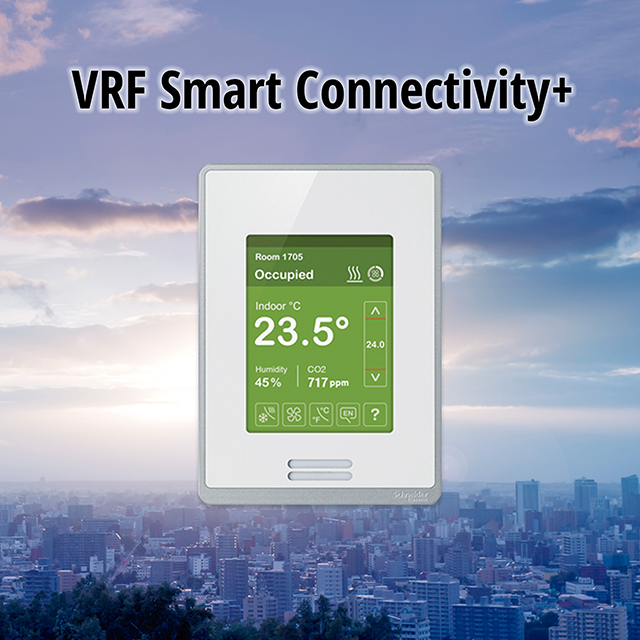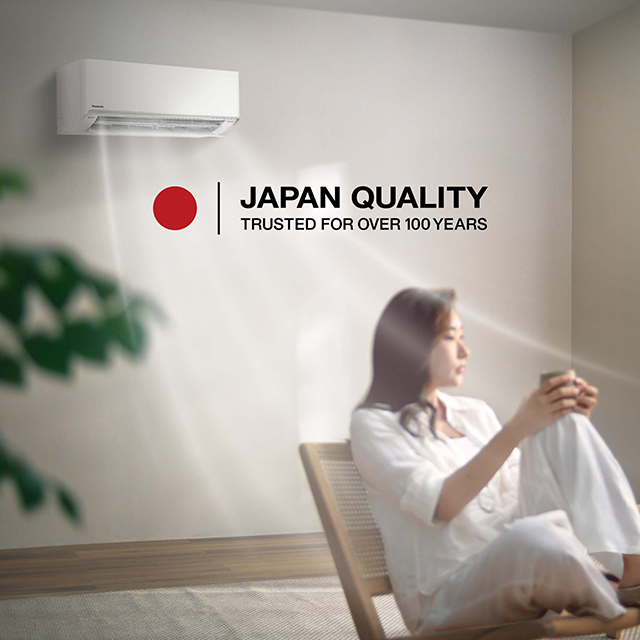
How can technology make your care facility more comfortable and hygienic?
Running a care facility is no mean feat. From adjusting staff levels to protecting resident care, planning activities, running visits, and updating meal plans, the list of tasks to manage can feel overwhelming.
That can make it easy for cleanliness, hygiene, and air quality to fall some way down the list of priorities. However, not only can these literally make the difference between life and death for more vulnerable residents, but they also play strongly into your score in the reviews and inspection reports that help you maintain a full occupancy level.
Depending on whether you operate your home as a public or private provider you’ll have different hoops to jump through, but the basic principle remains the same: Positive feedback only comes from providing a comfortable, healthy home with kind staff, high-quality meals, and a caring environment. In the words of the UK’s independent regulator, care homes are required to be safe, effective, caring, responsive to people’s needs, and well-led.*1
With competition fierce, keeping a good rating is essential for your business’s continued success. And the quality of your air has a surprisingly big role to play.
Already sounding tricky? Well it just got a whole lot harder
As if running a care facility wasn’t complicated enough, the Covid-19 pandemic put everything into overdrive. With home operators tasked with shielding their residents from the risk of infection, staff were required to implement much more frequent and thorough cleaning regimes with approved disinfectants, and to limit access to visitors. At the same time, it was important to keep facilities feeling like homes, and not hospitals.
As the director of one Parisian care home put it simply, “The first wave was really hard.” In the UK, an estimated 56%*2 of care homes reported at least one confirmed case of coronavirus (staff or resident) in the first few months of the pandemic alone.
As a result, care home staff and managers were expected to go even further:
· Dealing with the fallout of any Covid-19 outbreaks in the home
· Carrying out regular deep cleaning, often with strong chemical products
· Attempting to provide sufficient ventilation to reduce the risks of airborne infection – without making the home dangerously cold or hot
· Limiting their social lives to reduce the risk of bringing disease into the home
· Abiding by strict health protocols, and keeping up to date with vaccination mandates – as one UK operator put it, “Residents have choices, visitors have choices, but the staff do not.”
All on top of their normal role of caring for residents, welcoming visitors (when permitted), and managing fears among residents.
How can you face up to these challenges and avoid staff burnout?

During the height of the pandemic, care workers were some of the most overstretched employees, operating in a high-stakes environment with vulnerable people. Their constant battle to keep facilities clean and safe made for an exhausting and stressful workday.
That made staff burnout a real threat to the industry. As a UK House of Commons Health and Social Care Committee report*3 found, “Covid-19 significantly increased pressure on social care teams.”
So how can you help them keep your care environment clean, happy, and healthy, without increasing their workload?
Tip – Take pressure off your staff
Finding ways to allow your staff to switch off during their downtime and reduce their workload will help them continue to provide an excellent level of service.
That means ensuring any rest areas are well-ventilated and comfortable for those all-important meal breaks. It also means providing effective emotional and staffing support, so that employees can concentrate on looking after your residents and creating an enjoyable, relaxing, and entertaining experience for them each and every day of the week.
You could also consider a cross-training program so that they can better provide cover for one another during unexpected absences.
After all, your staff is the lifeblood of your care facility.
It’s time to think about your care home environment
Your residents and staff spend a great deal of time in your care home and getting the environment right goes a long way toward improving their comfort, hygiene, and energy levels.
Air quality and odor control are hugely important in a care home setting. With incontinence a common problem amongst older people, bad smells can quickly become a dominant feature of your environment. That makes every day much less pleasant for everyone who lives in, works in, or visits your home.
Proper continence management can make day-to-day life more comfortable for everyone. While urinary incontinence can be dealt with by providing proper support for lavatory use and with products such as continence pads and underwear (assuming these are properly used), fecal incontinence is trickier to deal with safely – and can simply be brought on by stressful situations.
It’s also important that you employ proper ventilation. In several countries, operators were initially advised to suspend the use of their air-conditioning units – where these existed – in order to avoid spreading the Covid-19 virus. Naturally, this contributed to a less comfortable environment, so air conditioning that filters out viruses should be considered – providing clean, temperature-controlled air with the risk of airborne infection inhibited.

Tip – Improve your air quality and tackle odors
Don’t just think about dealing with the sources of bad smells and stale air; also employ solutions that improve your air quality and remove odors from the air.
Not only will this inhibit the invisible pollutants, but it will also make for a more comfortable and relaxing environment for everyone.
Introducing nanoe™ X technology: quality air, and odor control
Care industry managers can be notoriously tech-phobic. As one UK operator put it, “If you have grown up in the care industry, you need to be able to look after someone with dementia, feed them, and clean them. You don't need to be on a computer or an iPad.”
However, advanced technology is available that can both reduce your staff’s workload and contribute to a healthier, more comfortable, and more pleasant work environment.
nanoe™ X operates invisibly in the air to substantially reduce the risks posed by airborne viruses, bacteria, mold, and hazardous substances contained in fine particulate matter (PM 2.5) – and to eliminate bad odors.
When integrated into an advanced air-conditioning unit it can provide humidity control, temperature control, and 24-hour deodorization so that staff no longer need to include air quality control in their list of daily tasks. Carers can easily adjust the unit with a remote control, or even via a Wi-Fi connection or by setting timers. By spreading nature-derived hydroxyl radicals through the air, nanoe™ X is highly effective at eliminating bad odors.
nanoe™ X Effects on odors
Scalp odor

nanoe™ X reduced scalp odor intensity massively in 6 hours.
Testing organization: Odor and Aroma Design Course, Department of Integrated Informatics, Faculty of Informatics, Daido University. Testing method: Verified using the six-level odor intensity indication method in an approximately 23㎥-sized test chamber. Deodorization method: nanoe™ released. Test substance: Simulated body odor of middle-aged and senior citizens adhered to pillow cover. Test result: Odor intensity reduced by 0.65 levels in 6 hours.
Sweat odor
Nonanoic acid

nanoe™ X reduced sweat odor intensity massively in 1 hour.
Testing organization: Panasonic Product Analysis Center. Testing method: Verified using the six-level odor intensity indication method in an approximately 23㎥-sized test chamber. Deodorization method: nanoe™ released. Target odor: Surface-adhered perspiration odor. Test result: Odor intensity reduced by 1.1 levels in 1 hour. (Y16HM016)
Adhered mold
Aspergillus

Testing organization: Japan Food Research Laboratories. Testing method: Measured mold adhered to a cloth. Inhibition method: nanoe™ released. Target substance: Adhered mold. Test result: Inhibited by at least 99.5% in 8 hours. (11038081001-02)
nanoe™ X can help you make sure that your staff and residents are always greeted by a fresh-smelling, comfortable, clean environment in your facility. So your staff can put the focus back on the residents themselves.
Air quality is the secret to a better care facility environment

The last couple of years have put care facilities under untold strain and stress, so creating a healthy and comfortable environment for both staff and residents has never been more important. Not only will it help you improve your scores and maintain full occupancy, but you’ll also reduce staff burnout by taking tasks off their plate and giving them a more pleasant – and healthier – environment to work in.
Technology is here to help. By inhibiting airborne viral transmission, and tackling bad odors, rather than just covering them up, nanoe™ X can help you create a better facility for everyone who spends time in it.
[Note:]
*1 Taken from the Care Quality Commission’s website
*2 Statistic taken from the Office of National Statistics’ ‘Vivaldi’ study
*3 Taken from the UK House of Commons Health and Social Care Committee report titled ‘Workforce burnout and resilience in the NHS and social care’, June 8th 2021
Related Products



















